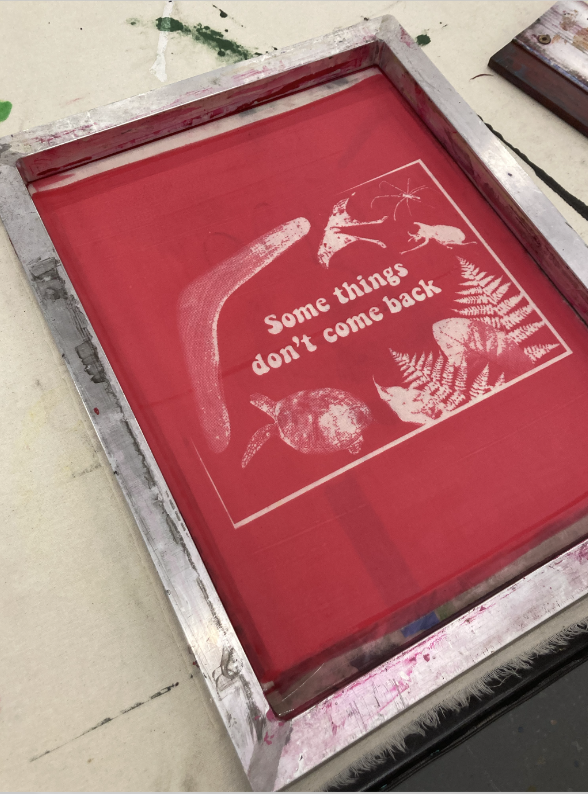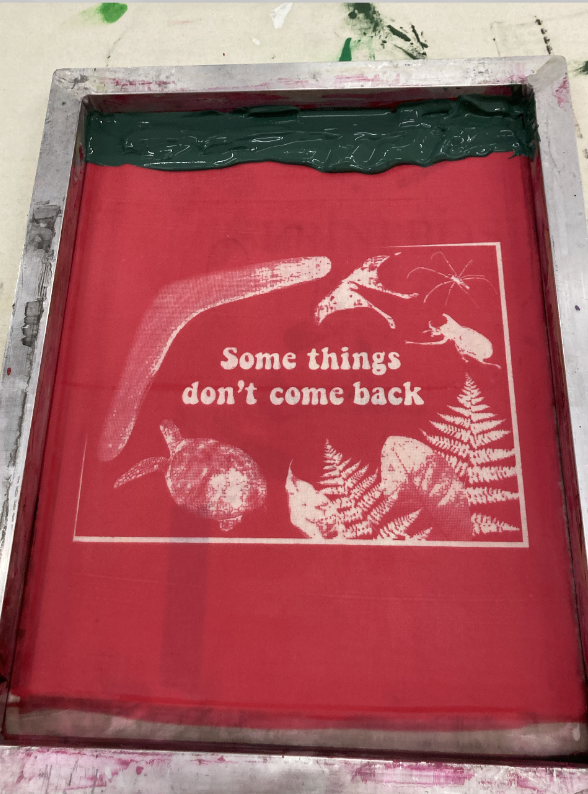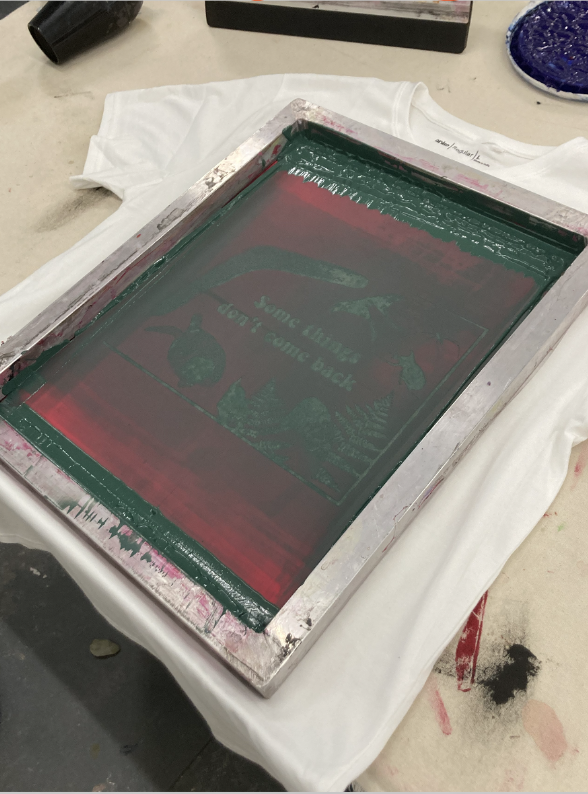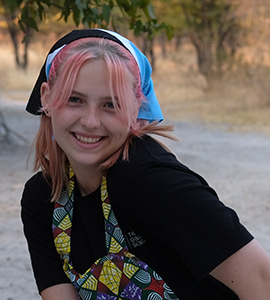Driving Question:
How can the art of analogue film photography serve as a powerful conservation tool, revealing the intricate interplay between plants and animals within vulnerable ecosystems?
Module Summary:
The module titled “Snapshots of Nature Symphony,” explored how analog film photography can serve as a powerful conservation tool by revealing the intricate interplay between plants and animals in vulnerable ecosystems. They began by explaining their use of pinhole cameras, which were made from cans and operated by capturing images through a small hole acting as a lens. These images, initially inverted, were then processed digitally to reveal their true colors.
The students also learned from Doug Gimy, a renowned wildlife conservation photographer, who taught them how to create compelling stories using photographs. Additionally, they experimented with cyanotypes, a photographic process that involves creating images on fabric or paper using light-sensitive chemicals and natural elements like leaves and flowers, which were then developed in sunlight.
A visit to the zoo provided them with insights into ongoing conservation efforts and allowed them to apply their film photography skills to capture images of wildlife. They also had the opportunity to visit a dark room, where they learned about the film development process, including techniques such as developing, stopping, enlarging, burning, and dodging.
The module included a field trip to the Daintree Rainforest, where they engaged in field studies to analyze water quality and learned about local conservation initiatives. They also designed and printed conservation-themed t-shirts using a silk-screening process, which involved coating screens with emulsion and exposing them to create designs.
For their final project, Keetah B. wanted to focus on the relationship between wildlife conservation and the dying cultures of the aboriginals while also celebrating the diversity and beauty of Australian nature. In the Daintree, the Eastern Kuku Yalanji people are nowadays part of the wildlife conservation effort, but in the past, they had their land taken away from them by colonizers who destroyed their native land. Although these issues mainly occurred in the past, there are still cases of this today. A sacred birthing hole was taken away from the Eastern Kuku Yalanji people, and they are no longer allowed on the site. Not only that, but climate change and other environmental factors pose a huge risk to Australian wildlife conservation, and the Daintree is not exempt from this. Although it has been around for hundreds of millions of years, it can very quickly be destroyed by human actions.



Keetah wanted to bring these themes together into one image by taking a piece of aboriginal culture, the boomerang, an object known for “coming back,” and placing it with the wildlife that is at risk, all while showing the beauty that is important to preserve.
